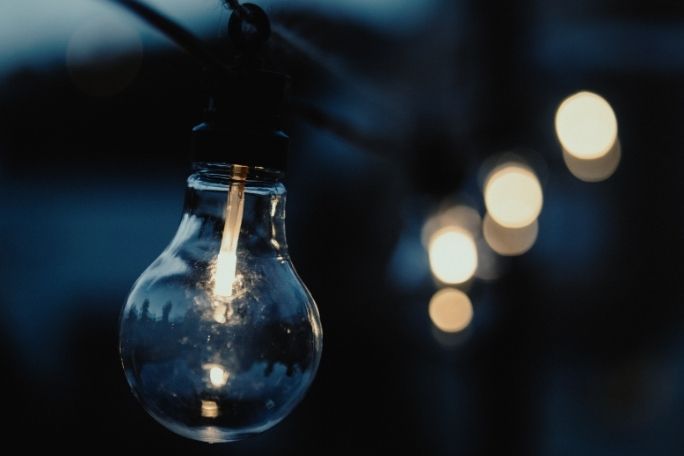Lesson summary
Students observe and collect real world data to explain how energy is consumed in their classroom by looking at how, why and when appliances in their classroom are used. They make recommendations as to how their class could use less electricity.
Learning intentions:
Students will...
- understand the relationship between energy use at school and a healthy environment
- recognise a range of strategies for saving energy at school
- understand that replacing halogen downlights with LED downlights will have both environmental and economic benefits.
Lesson guides and printables
Curriculum links
Select your curriculum from the options below.
Lesson details
Curriculum mapping
Australian Curriculum content descriptions:
Mathematics Year 5:
- Choose appropriate units of measurement for length, area, volume, capacity and mass (ACMMG108)
Geography Year 5:
- Locate and collect relevant information and data from primary and secondary sources (ACHASSI095)
- Reflect on learning to propose personal and/or collective action in response to an issue or challenge, and predict the probable effects (ACHASSI104)
Science Year 6:
- Scientific knowledge is used to inform personal and community decisions (ACSHE220)
Geography Year 6:
- Locate and collect relevant information and data from primary and secondary sources (ACHASSI123)
- Reflect on learning to propose personal and/or collective action in response to an issue or challenge, and predict the probable effects (ACHASSI132)
Syllabus Outcomes: GE3-4, ST3-6PW, MA3-10MG, MA3-11MG, MA3-12MG, MA3-9MG, MA3‑1WM, MA3‑2WM, MA3‑3WM.
Time required: 60 + mins.
Level of teacher scaffolding: Medium – oversee activity.
Resources required
- Student Worksheet – one copy per student OR computers/tablets to access the online worksheet
- Take It Home – Lighting Audit
Additional info
This is an original Cool.org lesson. Facts and figures in these lessons may have changed since this lesson was published. We always endeavour to update our resources in a timely manner, but if you see an error or issue in our resources please get in touch with us.


Welcome back!
Don't have an account yet?
Log in with:
Create your free Cool.org account.
Many of our resources are free, with an option to upgrade to Cool+ for premium content.
Already have an account?
Sign up with:
By signing up you accept Cool.org's Terms and Conditions(Opens in new tab) and Privacy Policy(Opens in new tab).